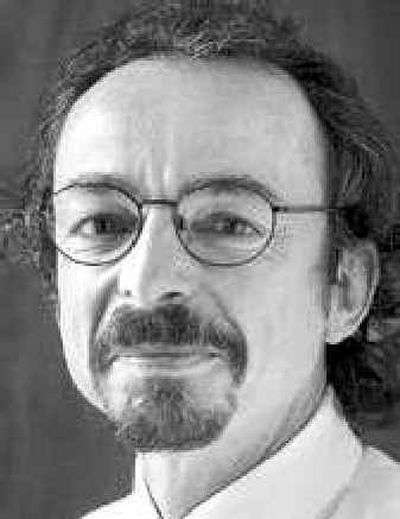Take care when altering pension plans

Washington Gov. Gary Locke two weeks ago proposed a budget that will reduce state pension fund contributions over the next two years by $289 million. That estimate is based on assumptions that could be hazardous to taxpayers and the beneficiaries of Washington’s various pension plans, which cover more than 400,000 current and former employees.
The former employees should be the most concerned.
Plan 1, the retirement plan for employees and teachers that closed in 1977, has unfunded liabilities of $4 billion. At the ongoing rate of state contributions into the plan, the fund will run out of money to meet its obligations in 2020. The governor’s plan will save $170 million over the next two years by moving that date up two years.
Also, Locke assumes his successor, if he or she follows his blueprint, can convince the Legislature to make a fundamental change in the formula used to calculate fund contributions. The Legislature rejected the idea two years ago.
Washington has long used the “aggregate” method of determining how much should be set aside each year to fund future pension obligations. The formula requires the state to pay more now, but less later. It also treats all employees as if they were the same instead of making distinctions for factors like age.
Locke has again proposed adoption of the “projected unit credits” method of projecting pension obligations. The PUC formula is more selective about the demographics of the state work force, but also tends to push pension costs into the future.
Wolfgang Opitz, deputy director of the Office of Financial Management, says adopting PUC formulas will save taxpayers $150 million. Plug more accurate information about the work force into the formula and the state is another $88 million to the good. And the budgetary impact is further softened by stretching the transition period out four years, yielding another $30 million in savings.
Locke will also ask the Legislature to change the way allowances are made for “gain-sharing,” which occurs when investment returns exceed those assumed in calculating funding requirements. Estimates now assume returns of 8 percent. Assuming gain-sharing when making pension calculations has the effect of reducing investment returns.
Given negative returns on investment in recent years, anticipated gain-sharing also suggests delirium.
Opitz says the governor’s plan would not pass through to the state and beneficiaries any gains not approved by the Legislature. That might save another $176 million, a sum not included in the governor’s estimates of pension plan savings for the 2005-2007 biennium.
All those figures add up to more than the governor’s $289 million because his office did not take into account the new information about state workers.
Opitz characterizes the changes in gain-sharing, shift to planned unit cost estimates and the use of new data as “slam dunks” for Legislative approval. They would be made, or should be made, even if Washington were not facing a $1.8 billion budget shortfall, he says.
Moving up by two years the day when Plan 1 reserves play out, he concedes, would probably not be on the table if the budget was in better shape. It will also be the tougher sell, he adds.
Of course, that will depend on who’s doing the selling next year, and who the buying. Retirees concerned about the continued solvency of Plan 1 will not be happy about a horizon just 14 years out for exhaustion of that pool of funds. Current state employees, on the other hand, face pension plan contributions three to four times higher than today’s if no changes are made.
The Financial Management numbers were developed by a consultant. They are now in the hands of the Office of the State Actuary, which will crunch its own numbers using plan criteria as they are today, and what they might be under the changes proposed by the governor. The actuary can also make recommendation as to the wisdom of the changes themselves.
Actuaries tend to be conservative, relying more on the risks they can measure based on historical records and less on assumptions made about the future. Your driving record, for example, and not those sweet promises you make to the state patrolman. Tinkering with pensions is definitely an exercise that should be undertaken with caution. Private sector abuse of pension plans has become epidemic. Some states, witness Oregon, have had serious pension problems.
If Washington’s budget were in better shape, you can bet there would be less enthusiasm for adjusting the way the state handles pension obligations. Even though the next biennium holds nasty budget choices for the next governor and Legislature, finessing those obligations is not the answer.